A Putting Panacea?
Based on the increased Tour play, the surge of new models, and the tremendous success at retail, you would think that bagging a zero torque putter is a surefire path to becoming a great putter. But is there really a big advantage to zero torque putters or are they just the latest fad on the green? We did the testing to answer that question for this edition of Golf Myths Unplugged.
If you’re unclear on what a zero torque putter is, we’ve got you covered. Check out Zero Torque Putters Explained HERE.
Part Two of Golf Myths Unplugged: Zero Torque Putters can be found HERE
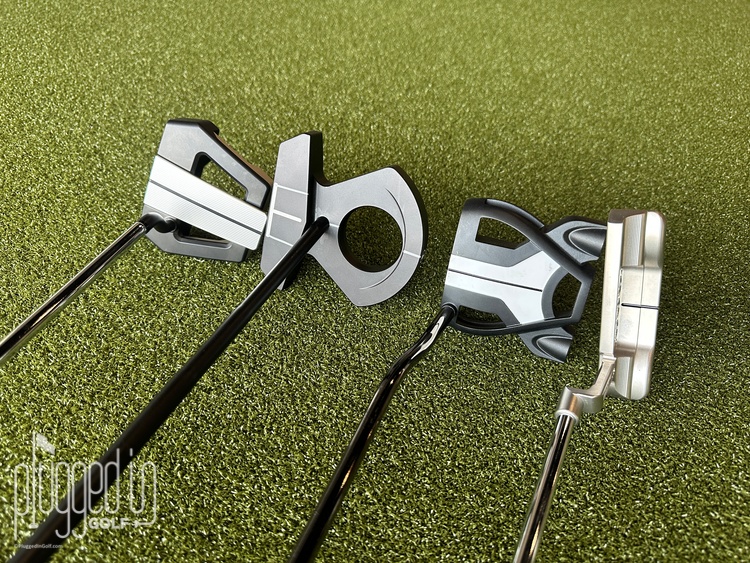
The Myths
Myth #1 – Zero torque putters produce better start lines
Myth #2 – Zero torque putters reduce face rotation
Myth #3 – Zero torque putters improve contact
Myth #4 – Zero torque putters change your stroke
Myth #5 – Zero torque putters make more putts
Myth #6 – Zero torque putters are more consistent
How We Tested
For this test, we brought together five golfers with handicaps ranging from 10 to +2. Each player ran through two series of tests with an array of five putters: a traditional blade, a face balanced mallet, two zero torque putters, and their gamer. The first test involved hitting seven short putts on SAM Puttlab. The second test was hitting five putts from twenty feet. In both tests, we tracked makes and misses. For the longer putt, we measured the distance left to the hole if the putt was not made. Each player tested the putters in a different order.
All testing was done at and with the help of Club Champion.
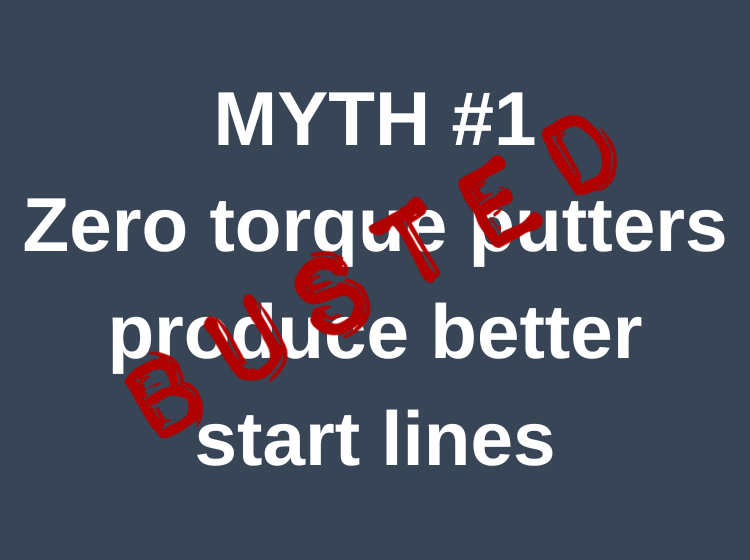
The biggest proclaimed benefit of a zero torque putter is that it keeps the club face square to the path. In theory, this should result in more putts starting on their intended line. We did not find this to be the case.
To test this myth, we looked at what SAM Puttlab told us about the face angle of the putter at impact. This is a precision measurement (done to the tenth of a degree) that also removes the other variables that affect whether or not a putt goes in. All of our testers had equal or better average face angles with the non-zero torque putters (NZTP) than with zero torque putters (ZTP). In one case, the difference was almost an entire degree – enough error to miss an eight foot putt.
One thing to keep in mind is that no one in our test group games a ZTP, but the NZTP putter group did include every tester’s gamer. This put the ZTP at a distinct disadvantage, so it may be fair to look at anything close to a tie as a win for zero torque.
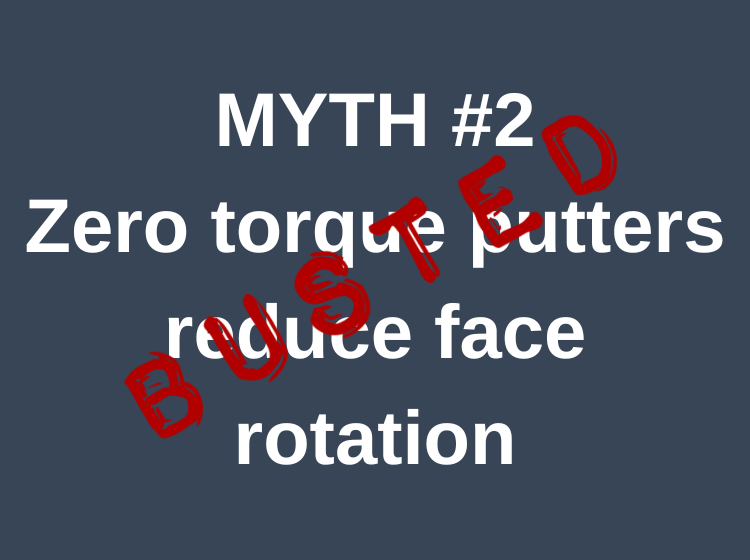
Face rotation is the subject of endless argument and speculation in the putter world. Whether players should strive for more or less is not in our purview today, we just wanted to see if the absence of torque reduced it.
We looked at three SAM Puttlab numbers to evaluate this myth: Amount of Rotation, Rotation to Impact, and Rotation Relative to Path. On Amount of Rotation, the ZTP and NZTP were almost exactly equal. Similarly, looking at Rotation to Impact, the difference between ZTP and NZTP was marginal – less than a tenth of a degree for each tester.
Where I expected to see a difference was in Rotation Relative to Path (RRtP). In theory, the zero torque putters should have much “lower” scores here. In reality, we saw a mixed bag. Some players did have as much as one degree less RRtP with a zero torque putter. However, one tester had equal RRtP and one actually had more RRtP with a zero torque putter.
Overall, we saw no evidence that a zero torque putter produces less face rotation than a traditional putter.
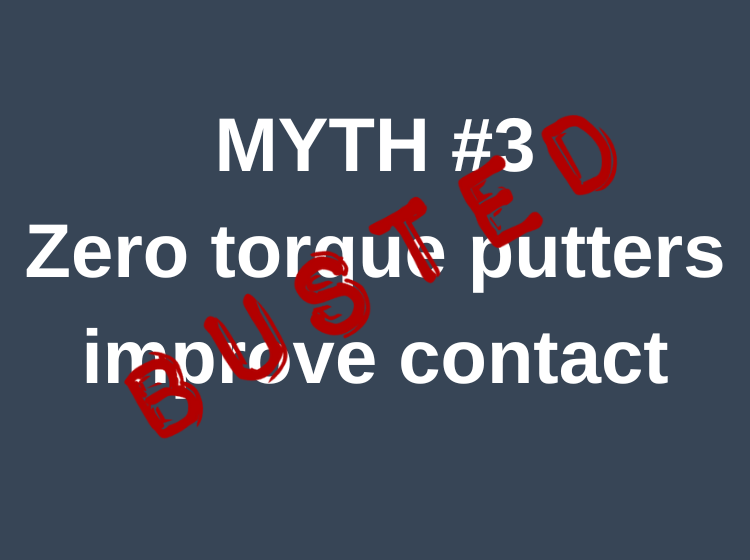
To my knowledge, makers of zero torque putters do not claim that their designs will help you to strike the ball better. That said, we were curious to see if there was a connection between torque and strike quality. We did not find one.
Our test group showed almost every conceivable mix when it came to strike quality and torque. One player recorded his best strikes with a ZTP. Another was lights out with a NZTP and could barely find the face with the ZTP. With regard to strike quality, we found zero torque putters to be like any other: they were great for some players, bad for others.

After three misses, we have a myth that we can confirm: zero torque putters did have significant impacts on the putting strokes of our testers.
The first thing that I noticed was that ZTP changed our testers’ angle of attack. Each one of our testers had a more negative (more downward) angle of attack with the ZTP compared to the three NZTP. The average change was 1 degree, and the range was 1.2 to 0.8, so the effect was quite consistent.
Additionally, we saw players create more shaft lean with the zero torque putters. The effect here was similarly consistent, ranging from 1 degree to 1.44 degrees with an average of 1.2.
Finally, we looked at our testers’ stroke shape. With the zero torque putters, our testers had a more arcing stroke than with the traditional putters, on average. There was more diversity in this sample – changes ranged from +4.3 to -2.8. The average change was 1.58 degrees more arc with four of our five testers increasing their arc with the ZTP.
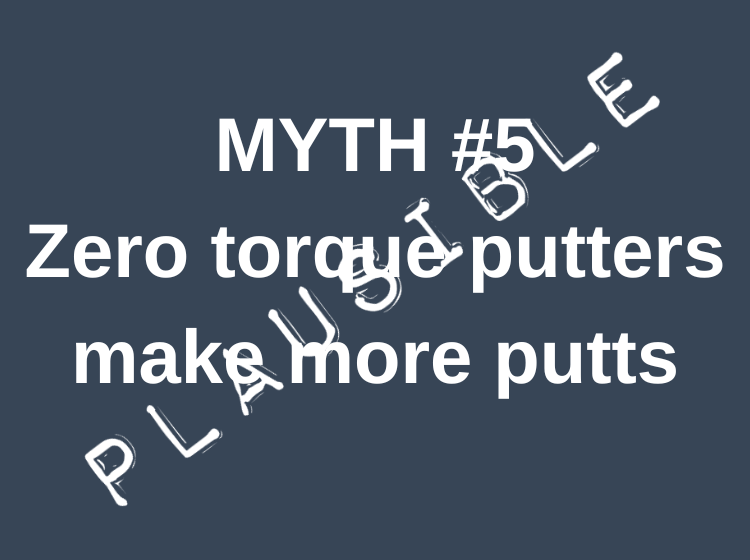
Stepping away from the fancy numbers for a moment, we counted the putts made both at close range and at long range. At close range, the two zero torque putters made an average of 26 putts across our whole test group. The non zero torque putters made an average of 27 putts. Moving back to long range, the ZTP averaged 9.5 made putts to 8 for the NZTP. This would indicate that there’s not a huge difference between the two groups but that the ZTP showed more promise at long range.
I think the better lessons are derived from looking at the testers as individuals. Through this lens, we can see that there were players who absolutely loved the ZTP and some that either didn’t like them or needed more time to adjust. One player averaged 6/7 makes at close range with NZTP but just 3/7 with the ZTP. Another player made 4/5 putts from 20 feet with the L.A.B. putter and just 1 with all the NZTP put together.
In sum, this myth is plausible, it just depends on the player.
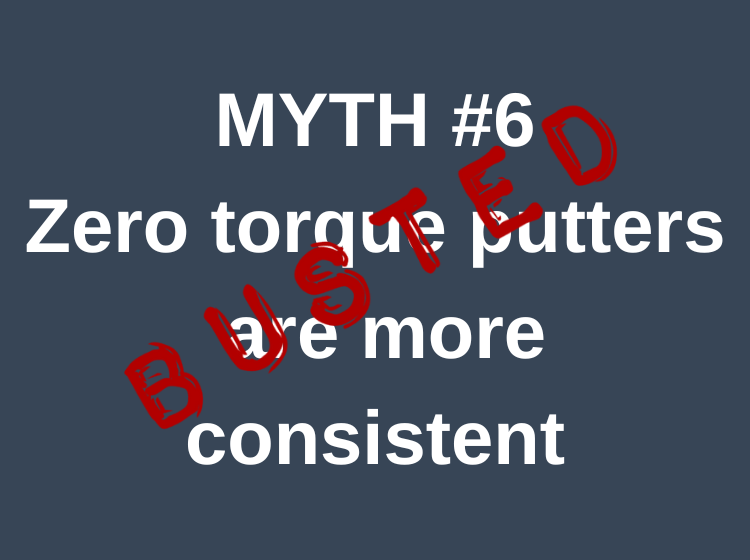
For this myth we turned to SAM Puttlab’s Overall Consistency metric. For three of our five testers, the results were almost a perfect tie. One tester gave up about 2% consistency when switching to the ZTP and our final tester lost 7% consistency. Overall, the data shows that the zero torque putters are slightly less consistent than the traditional putters.
I will note again that the zero torque putters were doubly disadvantaged in this test: not only was each tester’s gamer included in the NZTP group, but most testers had minimal experience with ZTP. The fact that three players were able to post equal consistency scores with the ZTP and NZTP may indicate something positive for the zero torque group.
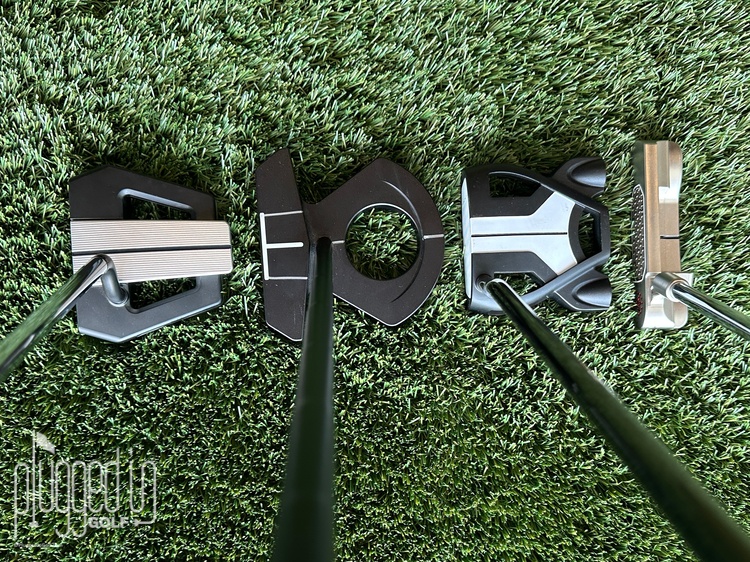
Additional Notes
The players’ reactions to the putters were just as interesting as the data. Almost universally, they found the zero torque putters easy to putt with. One tester could not pick up the PXG Allan [review HERE] without gushing about how good it felt and how many putts he was making. To hear the players tell it, there was no meaningful learning curve to the ZTP.
However, there was one tester who told us, “I would never game this” while testing a zero torque putter. This player didn’t putt poorly with any putter, but he came in with a predetermined notion about what he could or would play.
Opportunities for Future Testing
As always, we would love to see these tests replicated with larger sample sizes. We are not advertising these results as the final word but a step toward a better understanding of golf equipment.
For this test, we did as much as possible to normalize the specs between the putters, but there were still substantial differences in head shape. It would be interesting to see if the results would be different if the zero torque and traditional putters looked the same.
Finally, as was mentioned earlier, each tester had more experience with traditional putters. It would be fun to try this test again with an equal mix of players who game zero torque and non-zero torque putters.
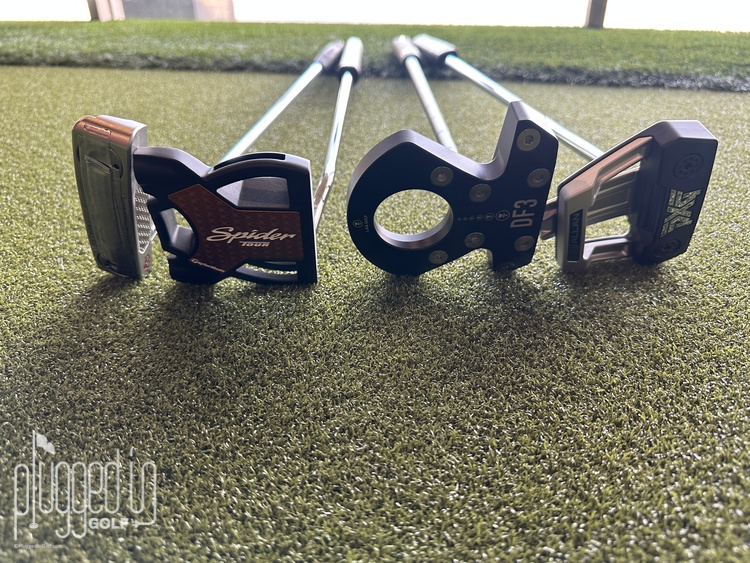
Takeaways
While zero torque putters certainly bring something new to the game, they are not an automatic fix for your putting. As with any other style of putter, you need to put in the time to master your technique. Some players may experience a honeymoon period when switching to zero torque and some will see long term improvement from making the switch, but zero torque putters need to be properly fit to the player, just like any other flat stick.
He founded Plugged In Golf in 2013 with the goal of helping all golfers play better and enjoy the game more.
Matt lives in the northwest suburbs of Chicago with his wife and two daughters.
- Vice Golf VGI02 Irons Review - December 22, 2025
- Do Groove Sharpeners Actually Work? – Golf Myths Unplugged - December 19, 2025
- PXG Lightning Fairway Wood Review - December 18, 2025

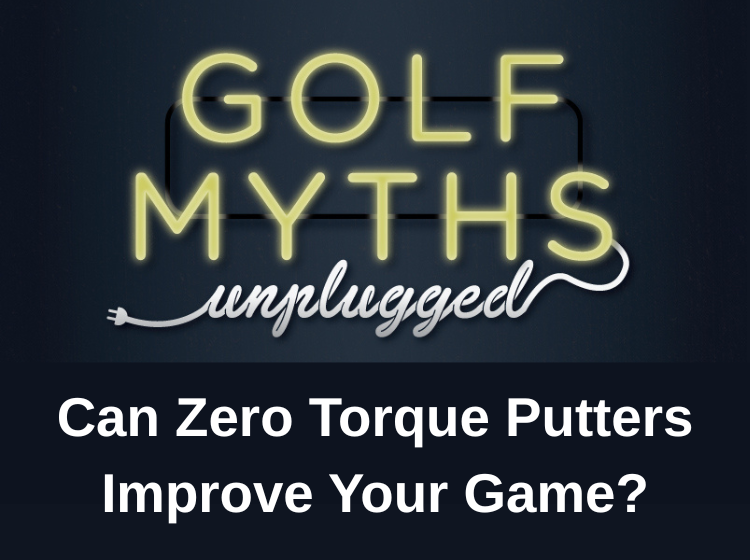








10 Comments
Hi Matt –
Thank you very much, excellent stuff! Myth busting is what we all need.
Matt, my experimentation with zero torque putters align with your Myth 4 result – it seems to require a different stroke. I wonder, however, if PGA Tour statistics for those golfers who have transitioned to zero torque putters at the elite level could be used for some insight. Such as their putting performance before transition compared with putting performance after transition, etc. Some of them have made that investment, does it pay off? Just a thought.
Thanks, Tom
Tom,
That is definitely an interesting idea. It would be fun to see if, for example, Adam Scott is a better putter now than he was pre-LAB. All of those studies introduce different confounding variables, but it would be interesting nonetheless.
Best,
Matt
Interesting and thorough review, Matt. I am not surprised by the mixed bag of results. I am gaming the newest LAB insert putter, with a mixed bag myself. Speed/control and lag putting are improving but the gain I was hoping to see in short putts has been sadly lacking. I will give it two more weeks to keep it or send it packing before the “trade deadline”, Lol. One question I have is….why are nearly all of these putters center shafted? It wasn’t that long ago that center shafted putters were relegated to true “straight back and through” (little to no arc) technique putters. Anyhow….thanks for the analysis.
Steve,
That center-shaft type look is one of the easiest ways to align the CG with the shaft – https://pluggedingolf.com/zero-torque-putters-explained/
With the exception of the PXG S-Hosel, I think the companies that try to avoid the “center shaft” end up looking even more unusual.
Best,
Matt
I switched to Callaway Jailbird square to square broomstick three weeks ago. For me, no doubt it is easier to line up. Most putts are on line. Struggling with distance control since face is super soft.
I would agree that the ZTP is not an end-all, be-all, putting savior. If you have bad mechanics and are just an all-around poor putter, these won’t help you. You need some level of proper mechanics and at least average green reading ability for these to give any shot at providing help.
I’d love to see this done with all sort of handicaps. High, mid, and low might help determine a pattern of who the ZTPs might help most. I’d also see if CC would be willing to aid in your study by just asking people who are in for fittings if they’d be willing to participate in the study after they complete their other fitting. That might help eliminate any bias up front as this would be completely random and there’d be no pre-thought from the testers.
Great stuff as always, Matt.
Good article but…. I just purchased a lab DF3. I stayed in this small golf shop in Jonesville North Carolina for about 2hours trying out what seemed like a hundred different styles and types of putters. I just couldn’t miss with this one for some reason. Well it’s transferred over to the course I one putted 5 out of 9 holes and never had a 3 putt on the others today. It’s been that way since I’ve got it. But now Im scared it’s a honeymoon lol! It’s the best golf investment I’ve ever made
Centre.shaffed putters are better.
I’ve got a Bettinardi Antedote SB1 and really like it for short putts but it does not work as well for long lag putts.